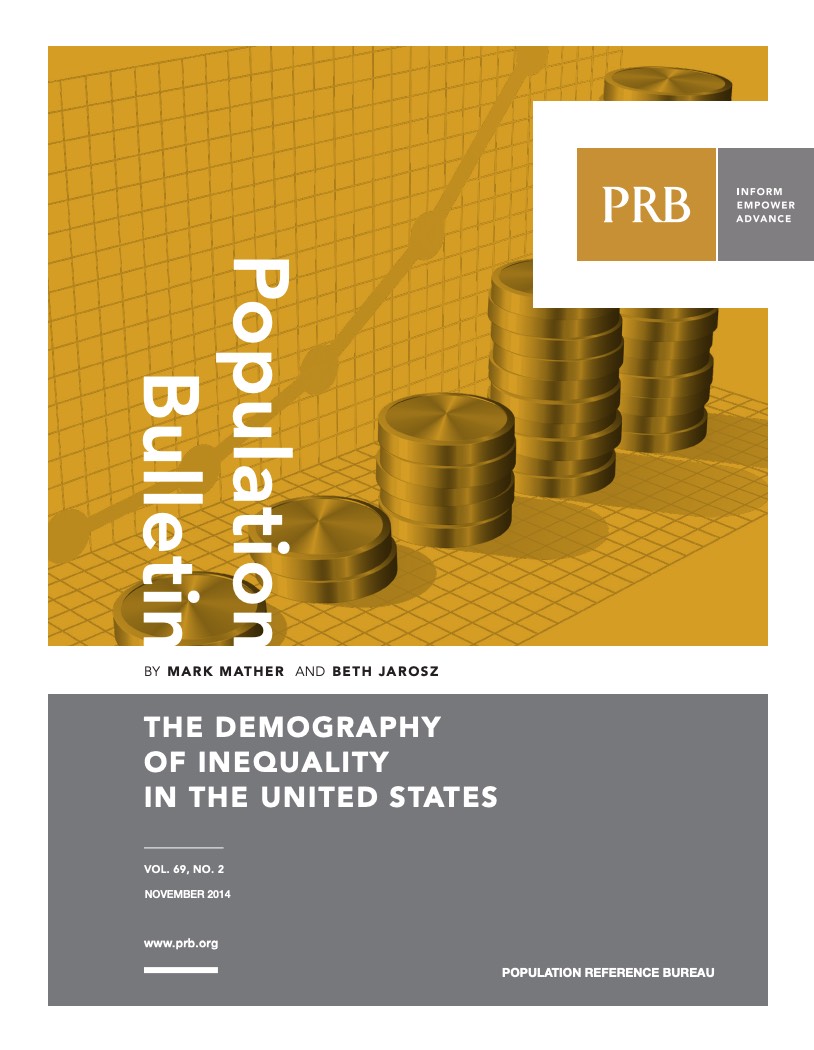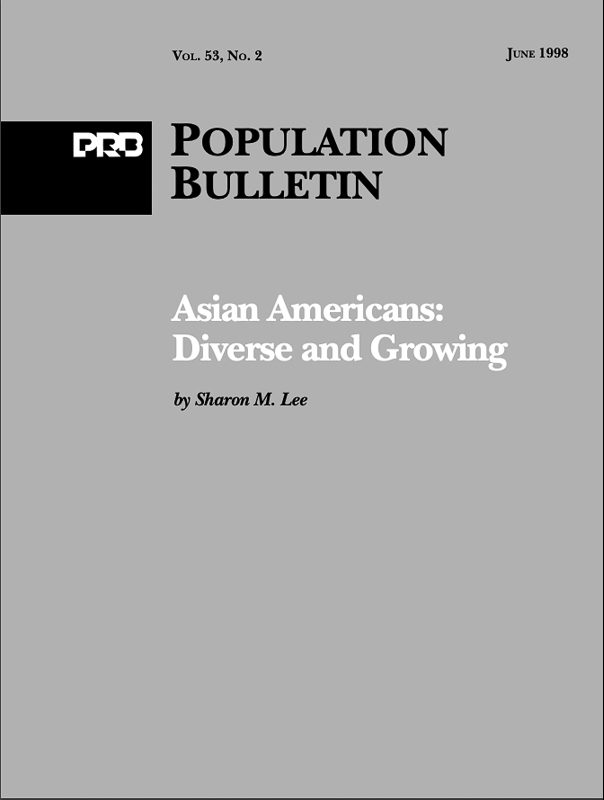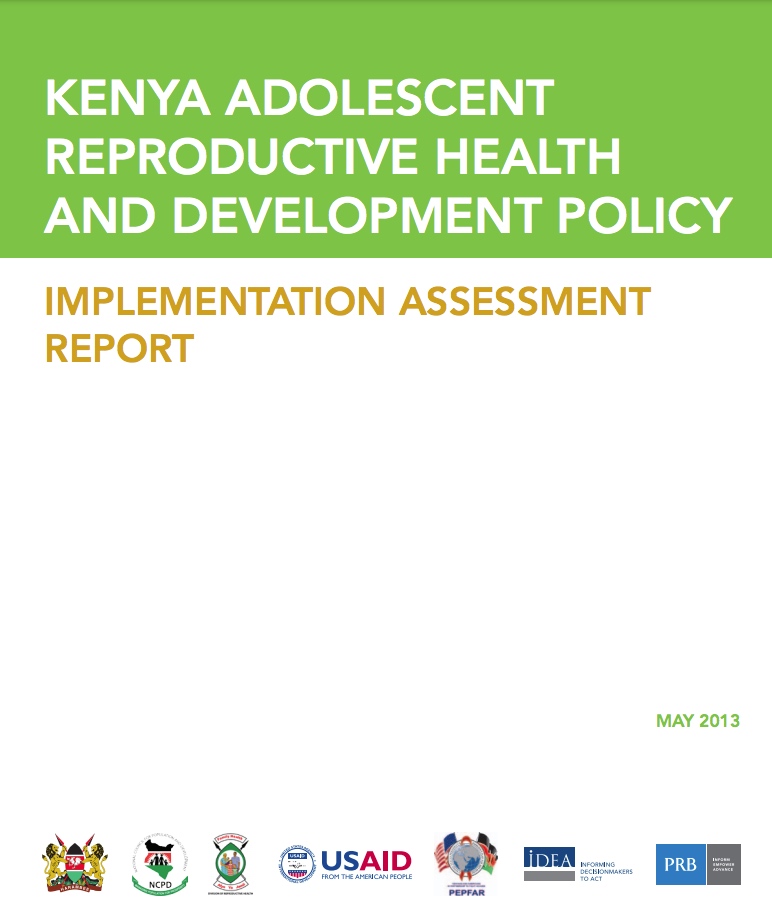U.S. Census Shows Different Paths for Domestic and Foreign-Born Migrants
(2002) America has always been a country on the move, and its growing immigrant population has added to that mobility. Yet recently released Census 2000 place-of-birth data show that the native-born population is moving to a different set of states than the traditional immigrant gateways — California, Texas, New York, Florida, Illinois, and New Jersey — that continue to show the largest foreign-born gains.





